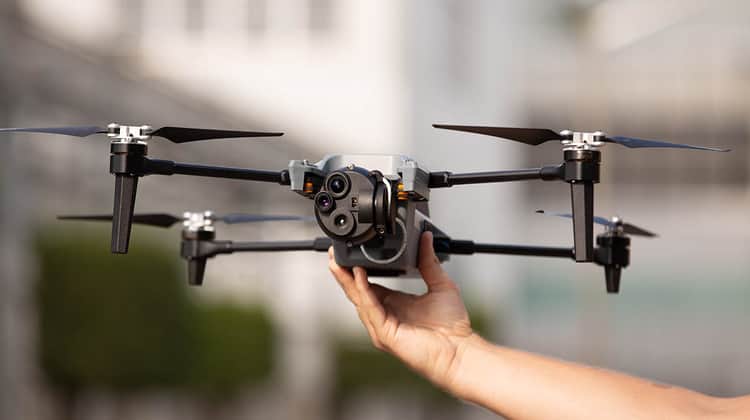How Drones Can Hurt Humans?
In recent years, the proliferation of Unmanned Aerial Systems (UAS) technology has revolutionized various industries, offering unprecedented opportunities and conveniences. From aiding in search and rescue missions to capturing breathtaking aerial footage, drones have undoubtedly become invaluable tools in our modern world. However, alongside their myriad benefits, there exists a darker side to drones – one where their capabilities can be exploited for malicious purposes.
The Positive Impact of Drones
Before delving into the potential risks associated with drones, it’s crucial to acknowledge their positive contributions to society. Commercial UAVs (Unmanned Aerial Vehicles) have proven instrumental in numerous applications, including:
Aerial Inspections: Drones enable safe and efficient inspections of inaccessible areas such as roofs and tall structures, facilitating maintenance and repairs without endangering human lives.
Emergency Response: During natural disasters like wildfires and hurricanes, drones play a vital role in assessing damage, delivering supplies to affected areas, and aiding in search and rescue operations.
Event Coverage: From sporting events to concerts, drones offer unparalleled perspectives, capturing stunning aerial footage and enhancing the viewing experience for audiences worldwide.

The Dark Side of Drone Technology
While drones have undoubtedly revolutionized various industries, their accessibility and versatility also present significant challenges and risks. In the wrong hands, drones can be utilized for nefarious purposes, including:
Contraband Smuggling: Prisons worldwide have experienced a surge in drone-mediated smuggling operations, with illicit goods such as drugs and weapons being delivered directly to inmates within prison yards.
Security Threats: Large gatherings and events are vulnerable to aerial threats posed by drones, which can circumvent traditional security measures and potentially deliver harmful payloads to unsuspecting crowds.
Terrorist Attacks: Terrorist organizations have demonstrated a willingness to weaponize drones, using them to deploy explosives and conduct reconnaissance operations, posing a serious threat to national security.
Corporate Espionage: Drones equipped with surveillance capabilities can be employed to gather sensitive information, infiltrate secure facilities, and conduct espionage activities, jeopardizing the integrity and confidentiality of businesses and organizations.
Privacy Invasion: The proliferation of powerful drone-mounted cameras raises concerns about privacy infringement, as individuals, including celebrities and private citizens, become vulnerable to unauthorized surveillance and voyeurism.
Addressing the Challenges
In light of the dual nature of drone technology, it’s imperative to implement robust regulatory frameworks, technological safeguards, and security measures to mitigate potential risks and safeguard public safety. Key initiatives include:
Regulatory Oversight: Governments and regulatory agencies must enact legislation and policies governing drone usage, including registration requirements, flight restrictions, and penalties for misuse.
Counter-Drone Technology: Developing and deploying counter-drone systems capable of detecting, tracking, and neutralizing rogue drones is essential for protecting critical infrastructure and public gatherings from aerial threats.
Education and Awareness: Raising public awareness about the risks associated with drones and promoting responsible drone ownership and operation can help prevent misuse and foster a culture of accountability within the drone community.
Collaborative Efforts: Collaboration between government agencies, law enforcement, industry stakeholders, and technology providers is essential for developing comprehensive solutions to address emerging drone-related challenges.

Conclusion
As drones continue to proliferate and evolve, it’s essential to strike a balance between leveraging their potential for positive impact and mitigating the risks they pose. By adopting a proactive approach to regulation, innovation, and collaboration, we can harness the transformative power of drone technology while safeguarding against its misuse and ensuring a safer and more secure future for all.

